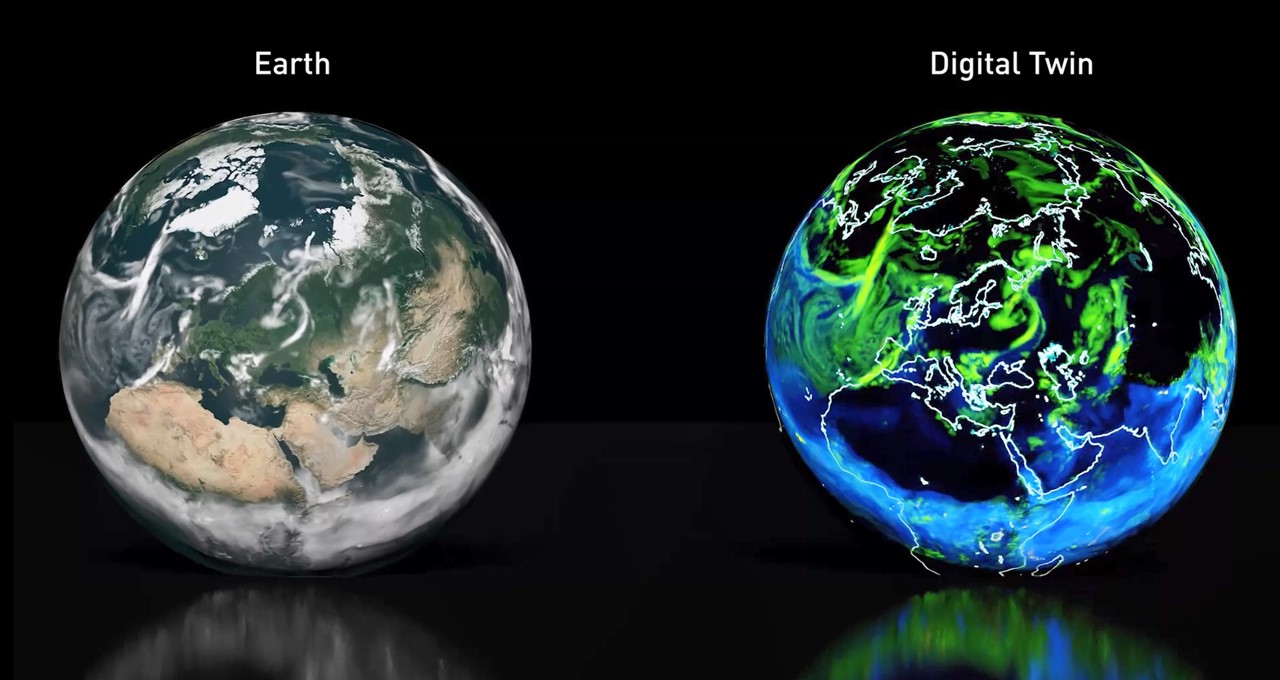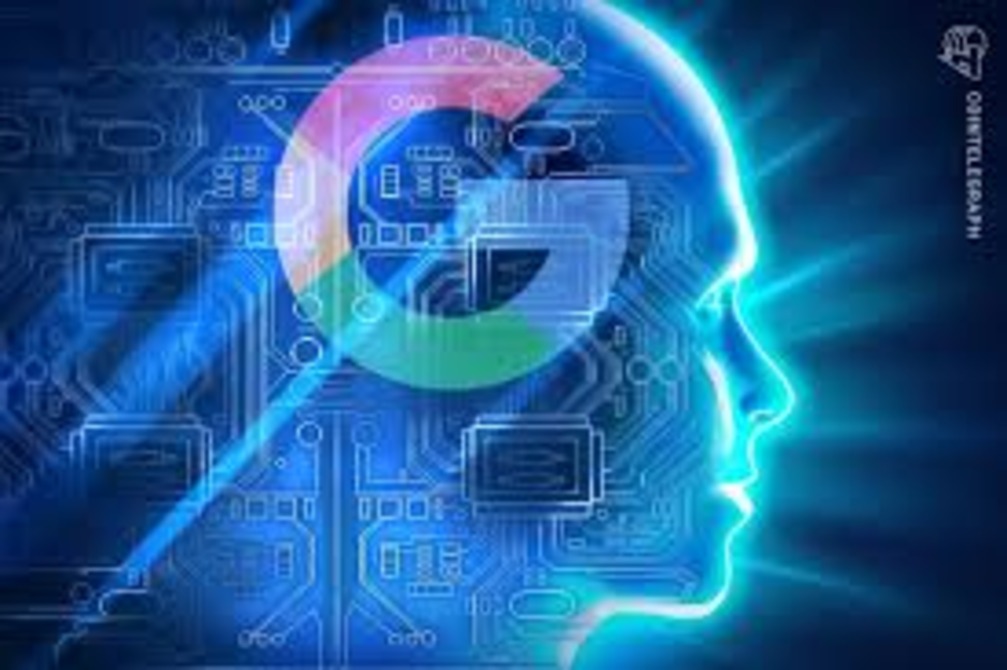
Popular AI company Google DeepMind has introduced its latest creation in the world of robotics: RoboCat, a self-learning robot agent poised to transform the industry. According to the makers, this advanced AI model has unique abilities to carry out diverse tasks through different robotic arms.
The innovation behind RoboCat lies in its exceptional adaptability and versatility, enabling it to tackle an array of real-life scenarios. Indeed, Google DeepMind boasts this level of flexibility hasn’t been achieved in robotics.
DeepMind acknowledges that traditional robots are typically designed for specific tasks, but advances in AI may enable them to broaden their capabilities. The company attributes the sluggish progress in developing all-purpose robots to the significant amount of time required to gather real-life training data.
In a captivating demonstration video, Google DeepMind showcases the robot as an agent capable of seamlessly adapting to unfamiliar tasks. The company explains that by presenting a desired configuration of objects to one of the cameras, they can communicate any task they want RoboCat to perform on a particular robot.
So, what exactly is RoboCat?
DeepMind describes RoboCat as a self-improving artificial intelligence agent specifically designed for robotics. RoboCat can learn and execute multiple tasks across various robotic arms, continually improving its performance through the creation of training data.
DeepMind proudly asserts that RoboCat’s learning speed surpasses that of any state-of-the-art model. Leveraging a vast dataset, RoboCat can handle new situations with as few as 100 demonstrations. Experts expect this rapid learning process to reduce the need for human intervention in training and drive the development of all-purpose robots.
“The combination of all this training means the latest RoboCat is based on a dataset of millions of trajectories, from both real and simulated robotic arms, including self-generated data. We used four different types of robots and many robotic arms to collect vision-based data representing the tasks RoboCat would be trained to perform”
Google DeepMind on RoboCat
How is Robocat a self-learning and self-improving agent?
RoboCat operates on Gota, Google DeepMind’s intermodal model capable of processing images, actions, and language from both physical and simulated environments. By combining a wide range of training datasets, including sequences of images and actions performed by different robotic arms, Gato’s system forms the foundation of RoboCat’s capabilities. The significance of this training is that the robot works on a training dataset covering millions of trajectories, including both simulated and real robotics.
The possibilities with RoboCat
Notably, RoboCat’s self-learning and self-improving journey has made impressive headway. The initial model recorded a success rate of about 36% on new tasks after five hundred demonstrations. Google DeepMind claims that after leading more tasks, RoboCat’s success rate has more than doubled. RoboCat’s adaptability, multimodal capabilities and versatility holds great potential for robotics.
With the introduction of RoboCat, Google DeepMind envisions a future where robotics transcends existing boundaries, unlocking new opportunities and possibilities in industries such as healthcare and manufacturing.
The impact of RoboCat could go far beyond research, revolutionizing the way robots operate and ushering in a new era of robotics. As the industry eagerly awaits further developments, it is clear that RoboCat has the power to reshape the field and pave the way for greater achievements.
Photo Credits: Google DeepMind



